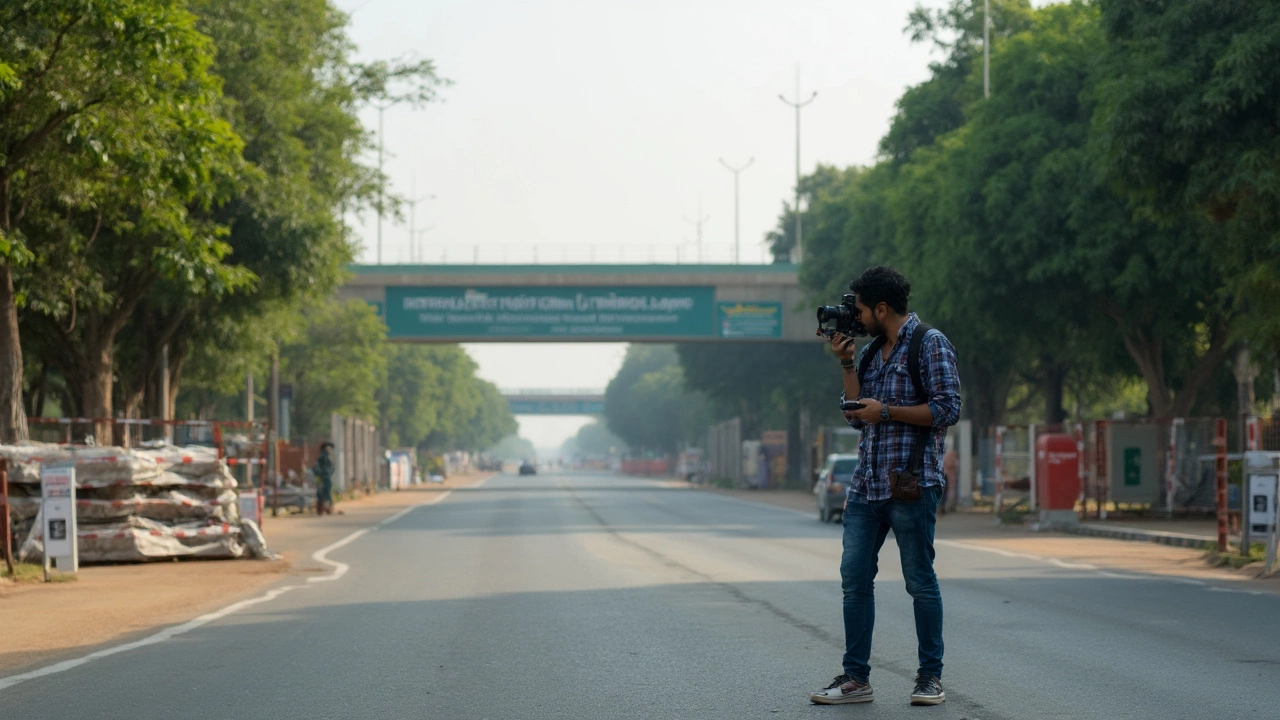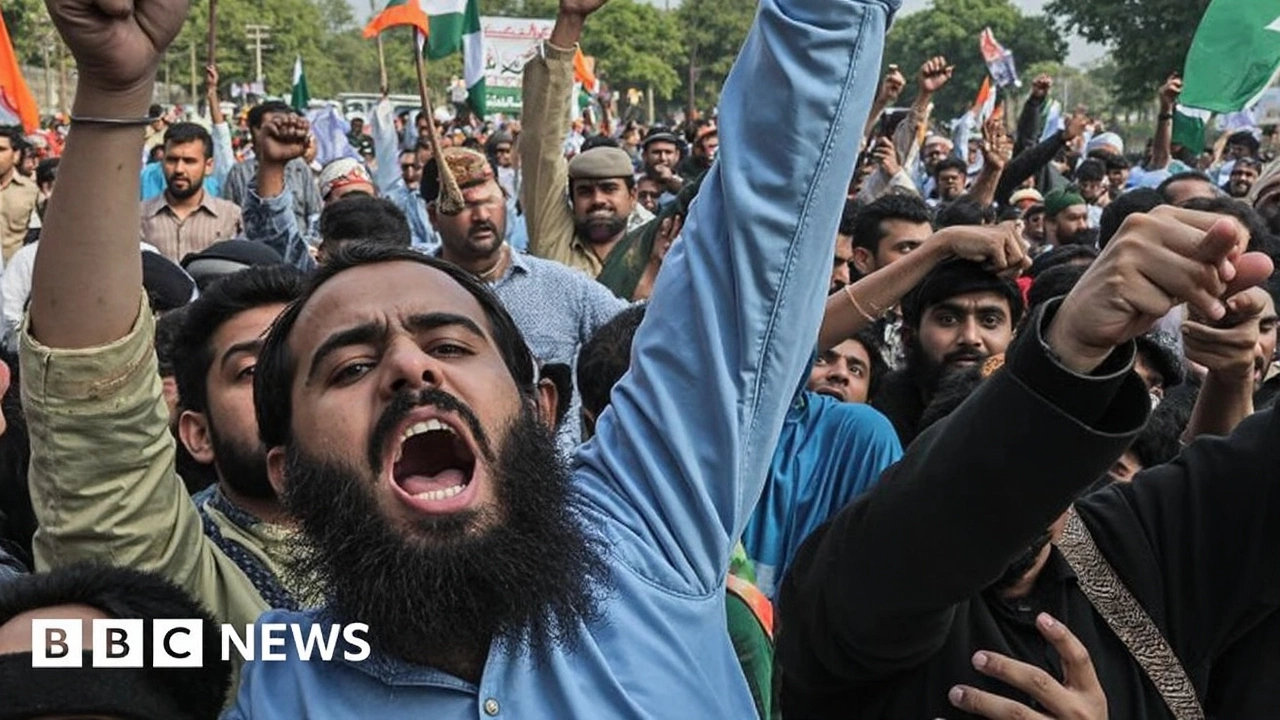Violence Escalates After Kashmir Terrorist Attack Sparks Retaliation
Everything unraveled fast after a massive attack in Kashmir’s Pahalgam area this April. Twenty-six Indian tourists and one traveler from Nepal were killed, setting off a chain reaction between India and Pakistan. By sunrise the next day, the old, fragile peace along the border was gone.
Indian jets and missiles thundered across the Line of Control (LoC), targeting what the government described as terrorist camps inside Pakistan-administered Kashmir and even parts of Pakistan itself. Indian officials claimed their strikes took down 100 militants allegedly involved in cross-border attacks. On the other side, Pakistani authorities called these strikes a blatant violation, saying India had killed 36 people in Muzaffarabad—including civilians. In Islamabad, the mood shifted to defiance, with leaders labeling the bombardment an “act of war.”
The response from Pakistan was just as fierce. Drones carrying explosives buzzed through the mountain dark towards Indian positions, followed by artillery fire rattling villages near the border. By afternoon, air raid sirens blared in Indian frontier cities, and authorities in Delhi announced evacuations of airports and schools in what felt like a return to Cold War-style drills. Residents from Amritsar to Jammu braced themselves for further attacks, as rumors of shelling and explosions spread through WhatsApp and Telegram channels.
According to the Pakistani army, their artillery and drone counter attacks “neutralized” 40 to 50 Indian soldiers, while Indian officials insisted most drones were shot down before reaching their targets. Still, skirmishes flared up throughout the day along the LoC, with reports of ongoing shootings and shelling from Uri to Poonch. Civilian homes and markets on both sides were hit, fueling mounting anger and panic among people already weary from years of border flare-ups.

Cyber Clampdown and International Alarm Over Nuclear Risk
But the gunfire and explosions weren’t the only signs of battle. As panic rippled across India's social media platforms, authorities moved to block thousands of accounts—including those of journalists, foreign news organizations, and local activists. Officials called it a necessary step to stop "fake news" and "security threats," but critics said it was Kashmir’s latest information blackout, designed to keep out international scrutiny and restrict debate. Many users woke up to find their feeds frozen or wiped, with hashtags and live updates abruptly vanishing from trending lists.
This heavy censorship raised more alarm among global observers already on edge over how quickly the standoff could spiral. The United Nations, along with diplomats from the US and EU, urged both countries to exercise restraint and return to talks. The backdrop is hard to ignore: both India and Pakistan possess nuclear weapons, and their last major face-off in 2019 nearly brought them to the brink. Reminders of three wars since 1947—each one rooted in their bitter, unresolved dispute over Kashmir—hung over every military statement and press conference.
India’s government, meanwhile, faced questions at home and abroad about its strategy: were the missile strikes a proportionate response to terrorism, or were they risking uncontrolled escalation with a nuclear-armed neighbor? In Pakistan, public anger at the civilian casualties fueled anti-India protests and calls for even stronger retaliation, putting both leaderships under pressure to stand firm.
For now, border villages remain tense, families sleep in bunkers, and diplomats scramble in back rooms while the rest of the world watches nervously, hoping neither side pushes too far.
